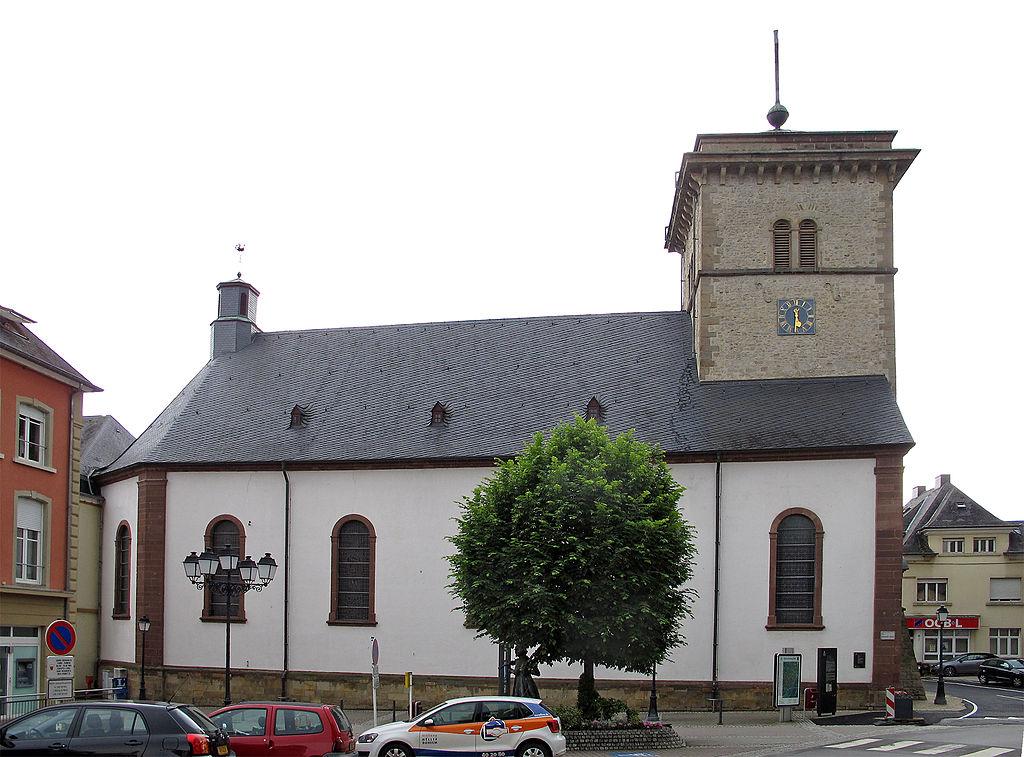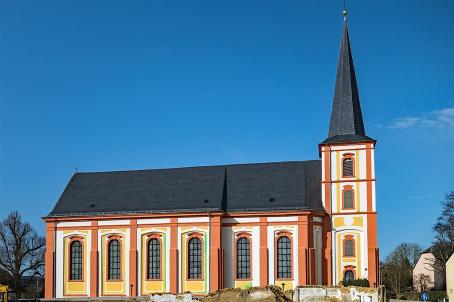Saint Laurent, Grevenmacher

The church was erected in 1782-83 in accordance with the architectural plans of Johann Anton Neurohr of Trier. It was transformed and renovated several times. It is a simple and unpretentiously built single-nave church whose striking features include the monumental glass window from the 1950s, a Westenfelder organ built into the tower in 1983 as well as many other artistic works.
About this building
For more information on this building visit https://openchurches.eu/en/churches/saint-laurent-1




